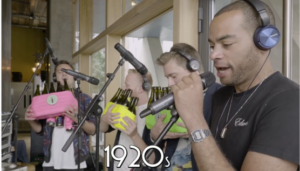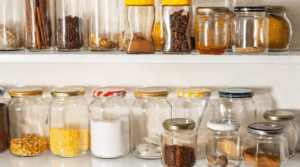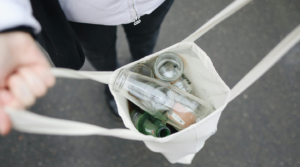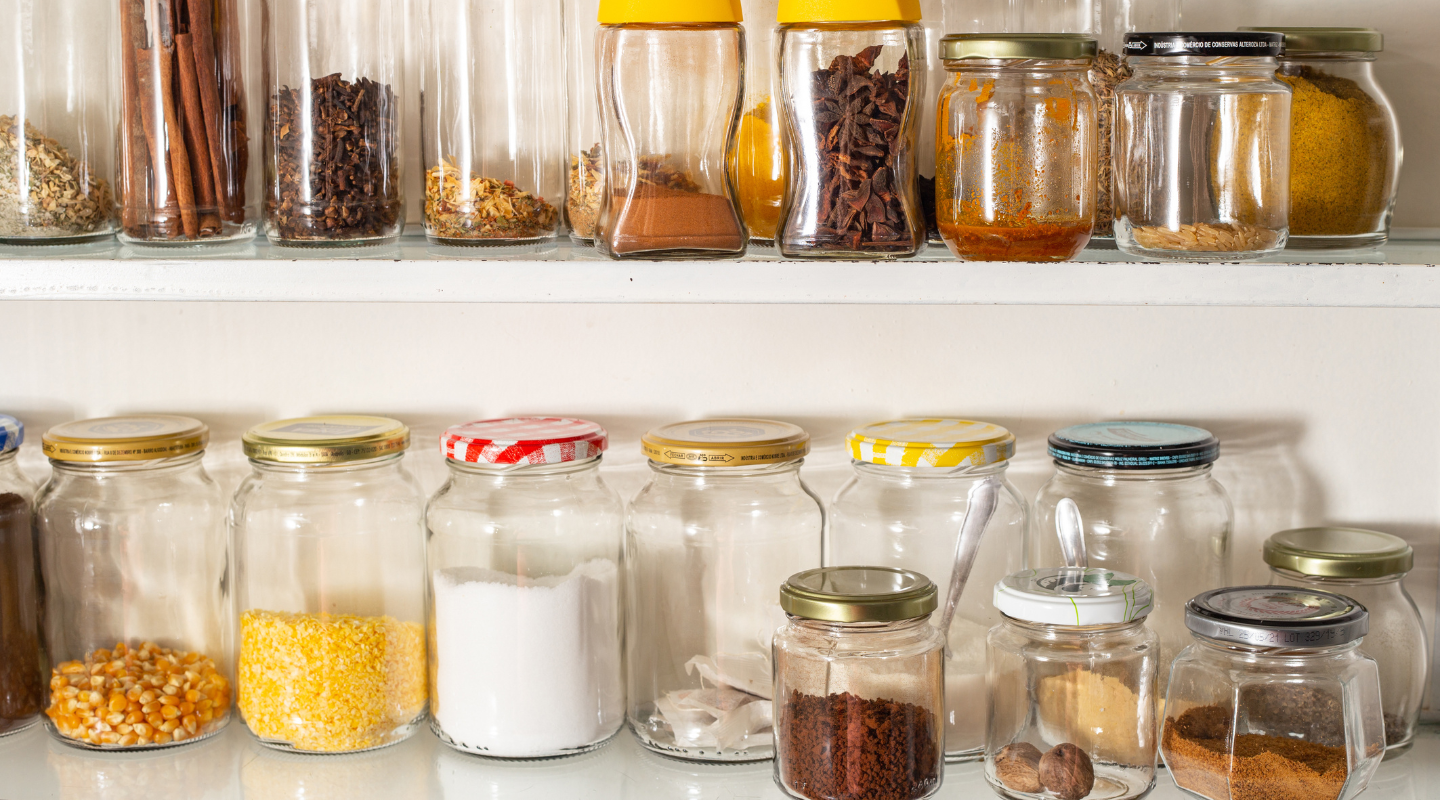Let’s be real. Going completely zero waste overnight isn’t just unrealistic, it’s unnecessary. The zero waste movement isn’t about perfection. It’s about intention, progress, and reducing the rubbish we send to landfill, one step at a time.
If you’ve ever looked at someone’s mason jar of yearly trash and thought “That could never be me,” don’t stress. This guide isn’t about guilt or extremes. It’s about making smart, low-effort changes that actually fit into real life.
Here are 6 straightforward (and actually doable) steps to help you launch your zero waste home journey with confidence.
1. Start with a rubbish audit (yes, your own rubbish)
Before you ditch anything, get curious about what you’re throwing away. For a week, take a peek in your bin and write down what shows up most often. Is it food packaging? Takeout containers? Paper towels?
Why it matters: Knowing your habits gives you a realistic starting point. You don’t need to change everything – just the biggest waste culprits.
2. Swap the “big 5” disposables
Some of the easiest wins are also the most impactful. Focus on replacing the five most common single-use items:
- Plastic water bottles → reusable bottle
- Disposable coffee cups → travel mug
- Plastic bags → cloth tote
- Paper towels → washable cloths
- Plastic wrap → beeswax wraps or silicone lids
Bonus tip: Don’t toss what you already own. Use it up, then swap it out when it needs replacing.

3. Rethink how you shop for food
Zero waste doesn’t mean you have to give up your favorite snacks. But food packaging is a major waste source, so start where it’s easy:
- Shop from bulk bins when possible
- Choose loose produce over plastic-wrapped
- Bring your own containers to the butcher or bakery
- Skip the bagged lettuce (buy whole heads instead)
Bonus tip: Freeze or compost food scraps to avoid sending them to landfill.
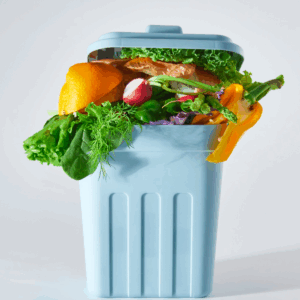
4. Create a “use first” box in the fridge
One of the sneakiest sources of waste? Forgotten leftovers. A simple “use first” bin in your fridge for wilting veggies or opened containers can save food – and money.
You’ll love: This helps cut down on unnecessary grocery runs, too.
5. Find your local refill or zero waste store
These are popping up in more cities every year. Refill stores let you bring your own containers to restock pantry staples, soap, detergent, and even toothpaste.
No store near you? Look for farmers’ markets, local co-ops, or buy in bulk online from low-waste brands.

6. Shift your mindset: Buy less, choose well
Zero waste isn’t just about what you throw away. It’s about what you buy in the first place. Ask yourself:
- Do I need this, or do I just want it?
- Is there a reusable version of this item?
- Will I still want this in a year?
Mindful consumerism is the quiet superpower of zero waste living.
Final thought: It’s a journey, not a test
Zero waste isn’t a label you earn. It’s a direction you move toward. Start small, be consistent, and don’t let perfect be the enemy of good.
Even one habit shift can keep hundreds of items out of the landfill every year. So whether you’re swapping plastic wrap for beeswax or composting your veggie peels, you’re making an impact.
Small steps, big impact. You’ve got this.
